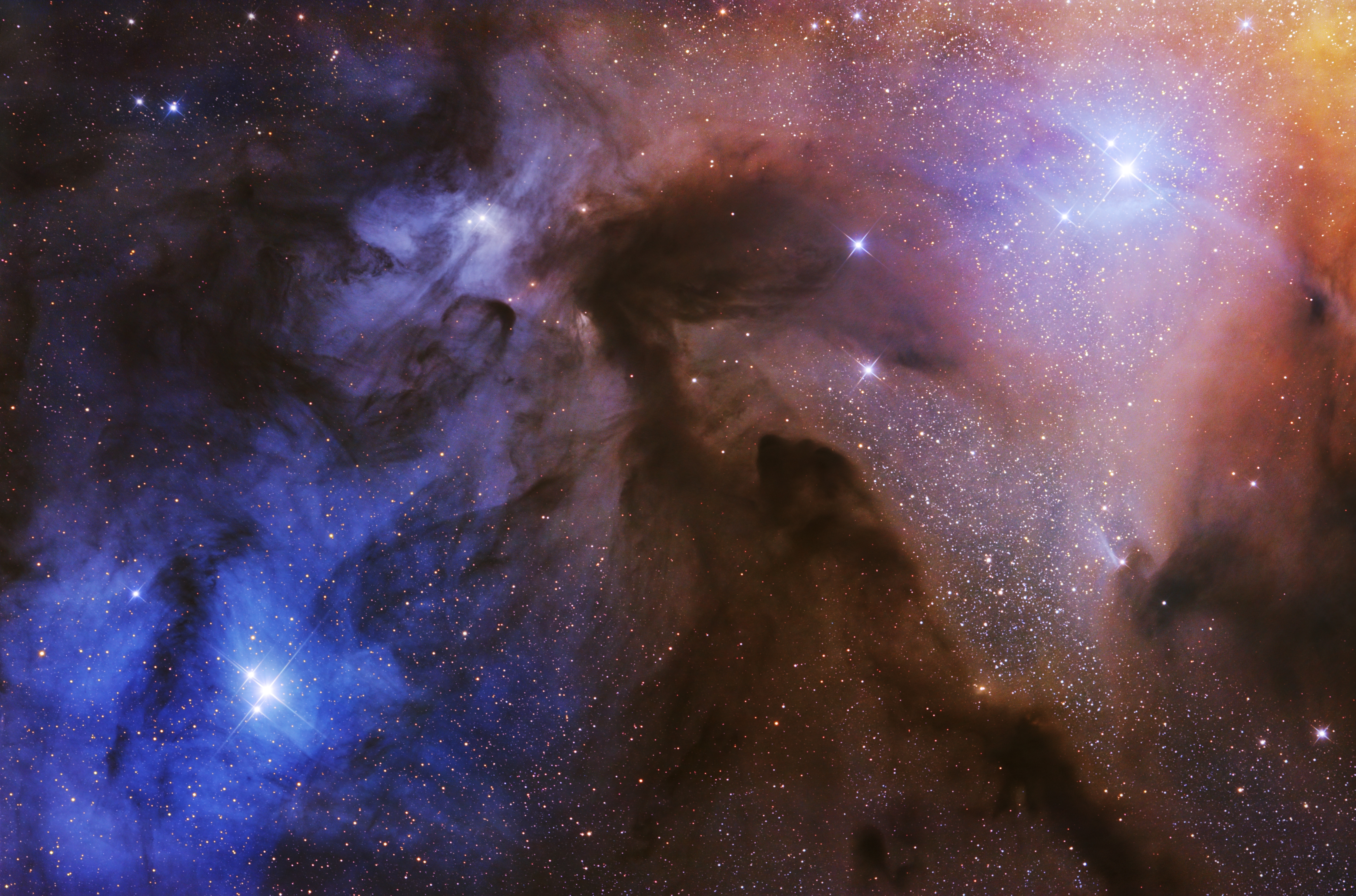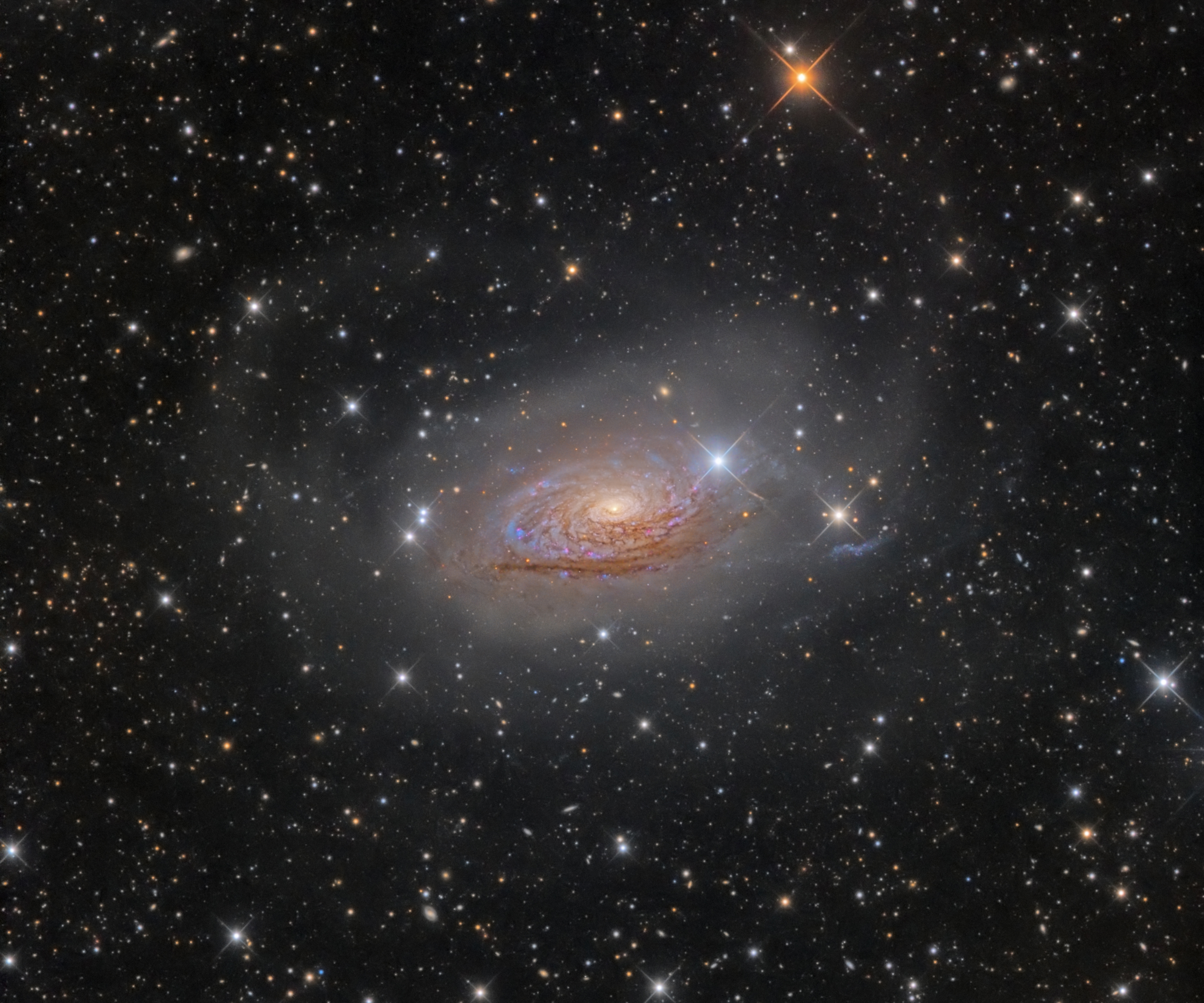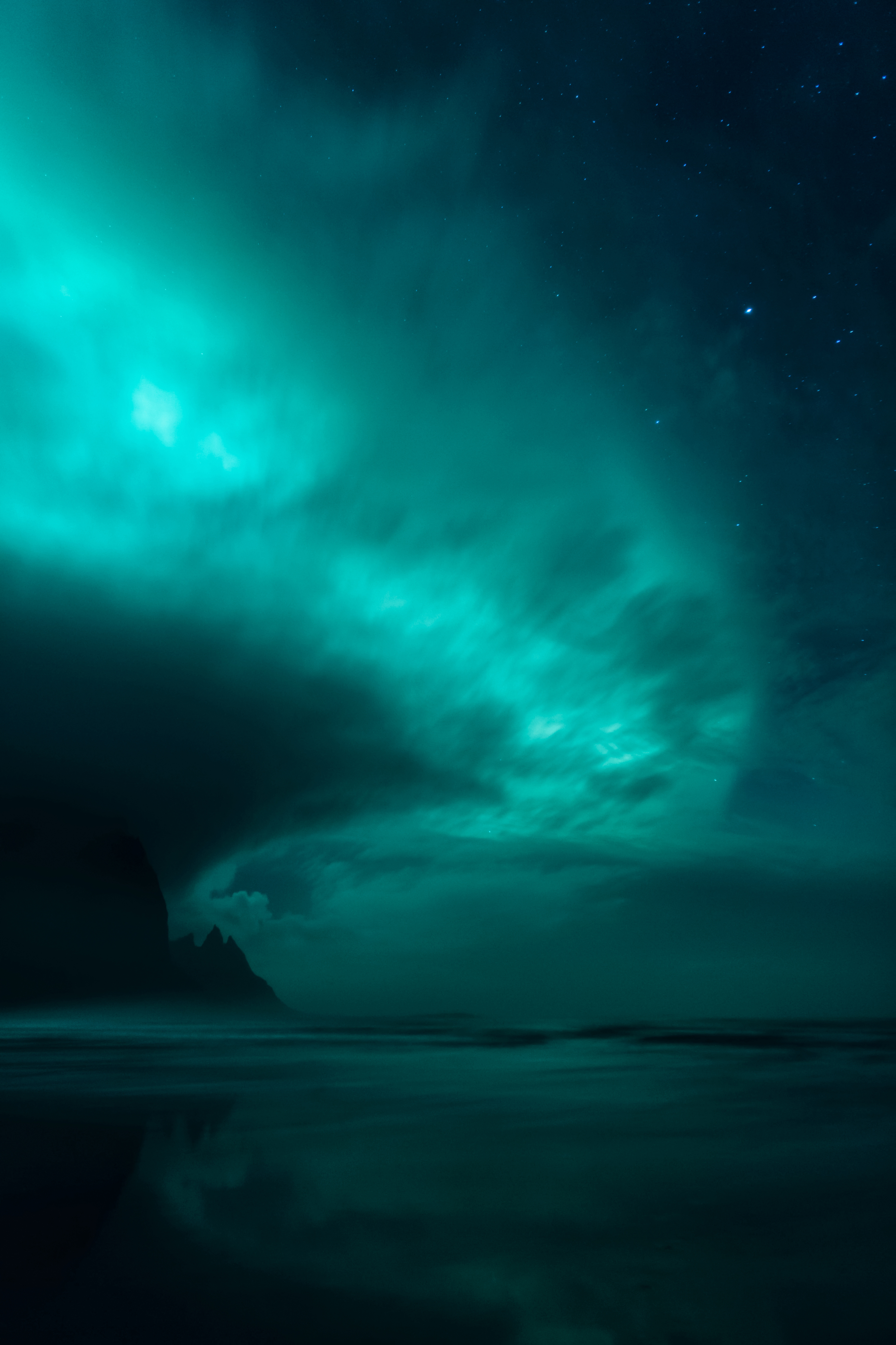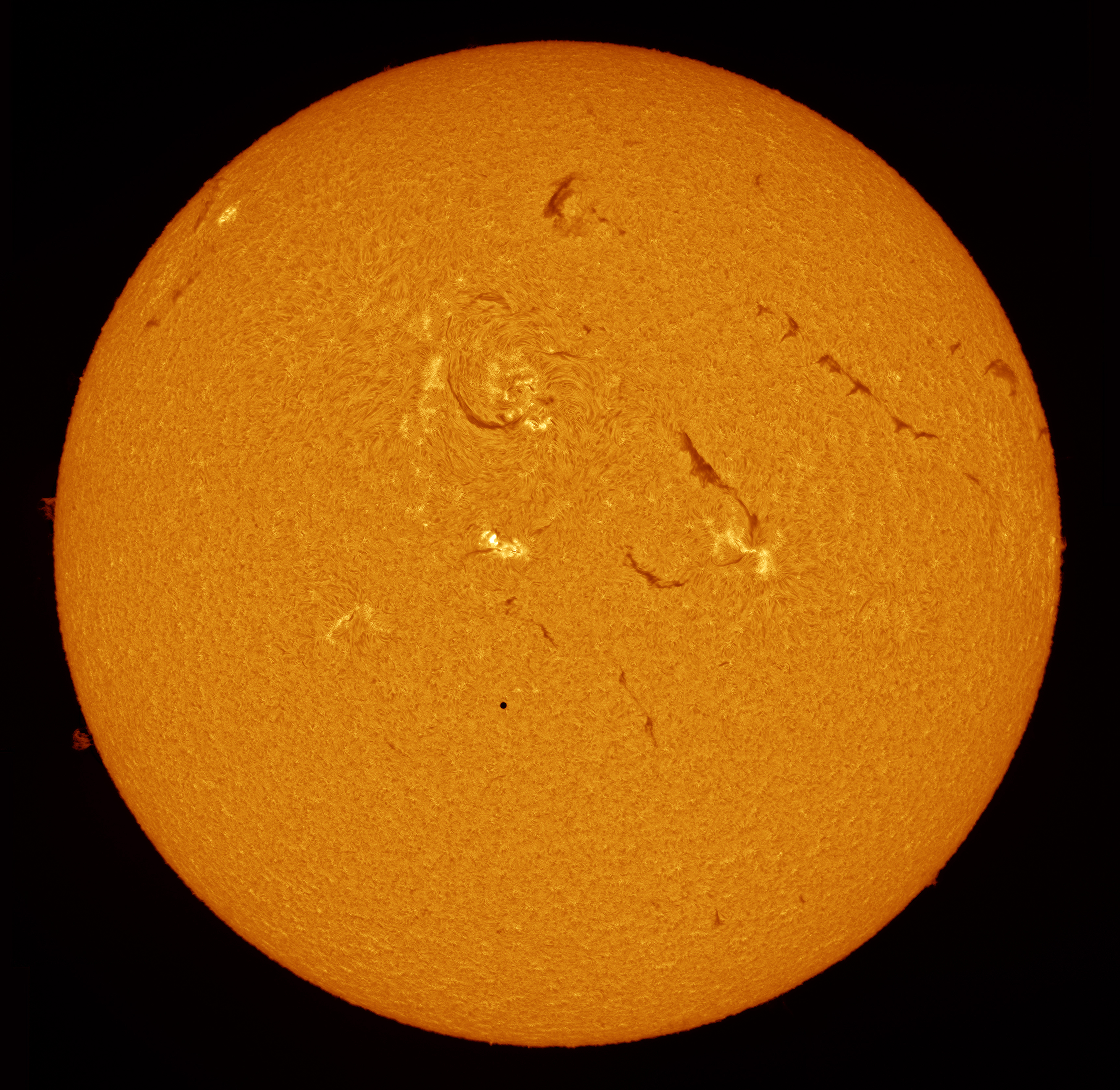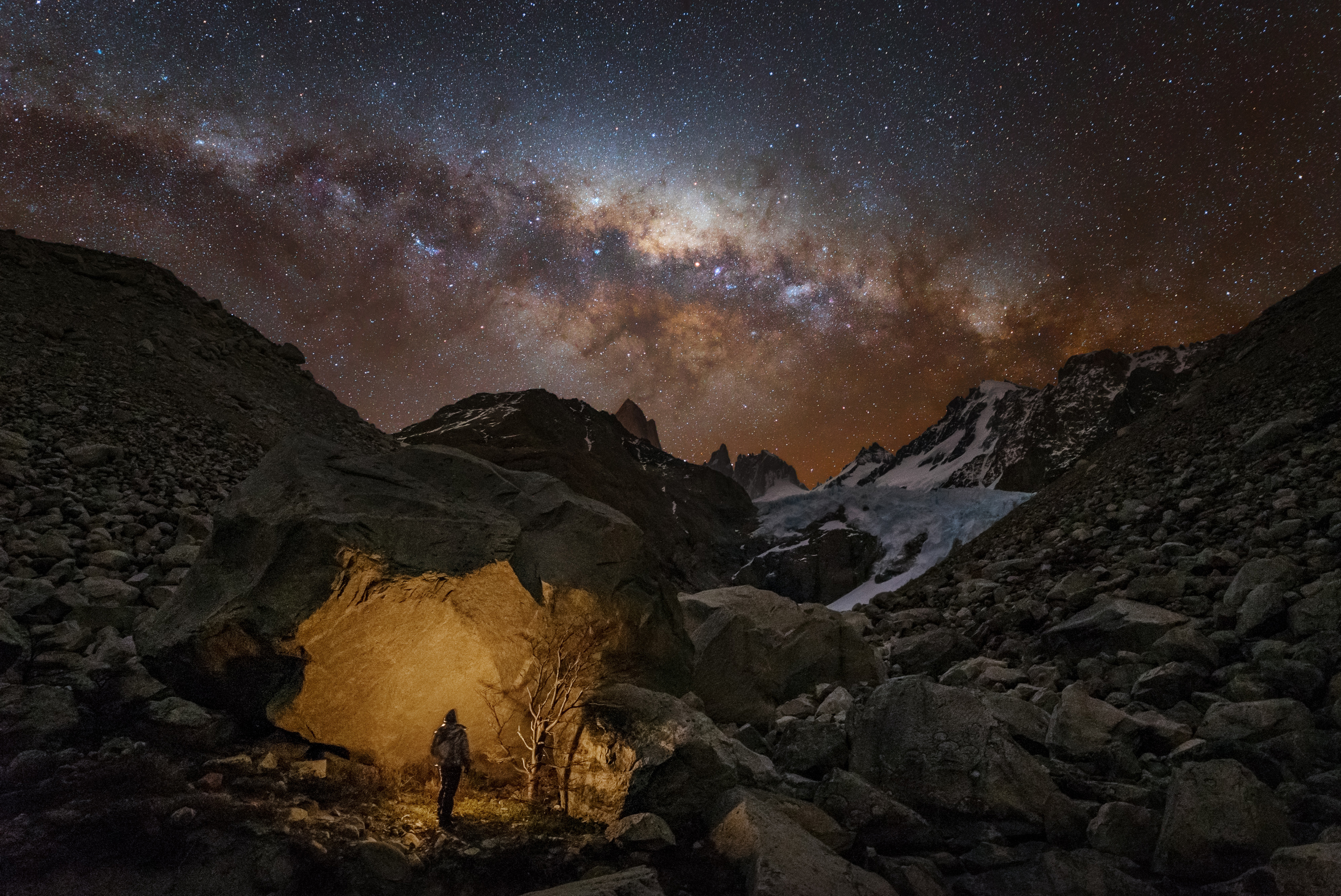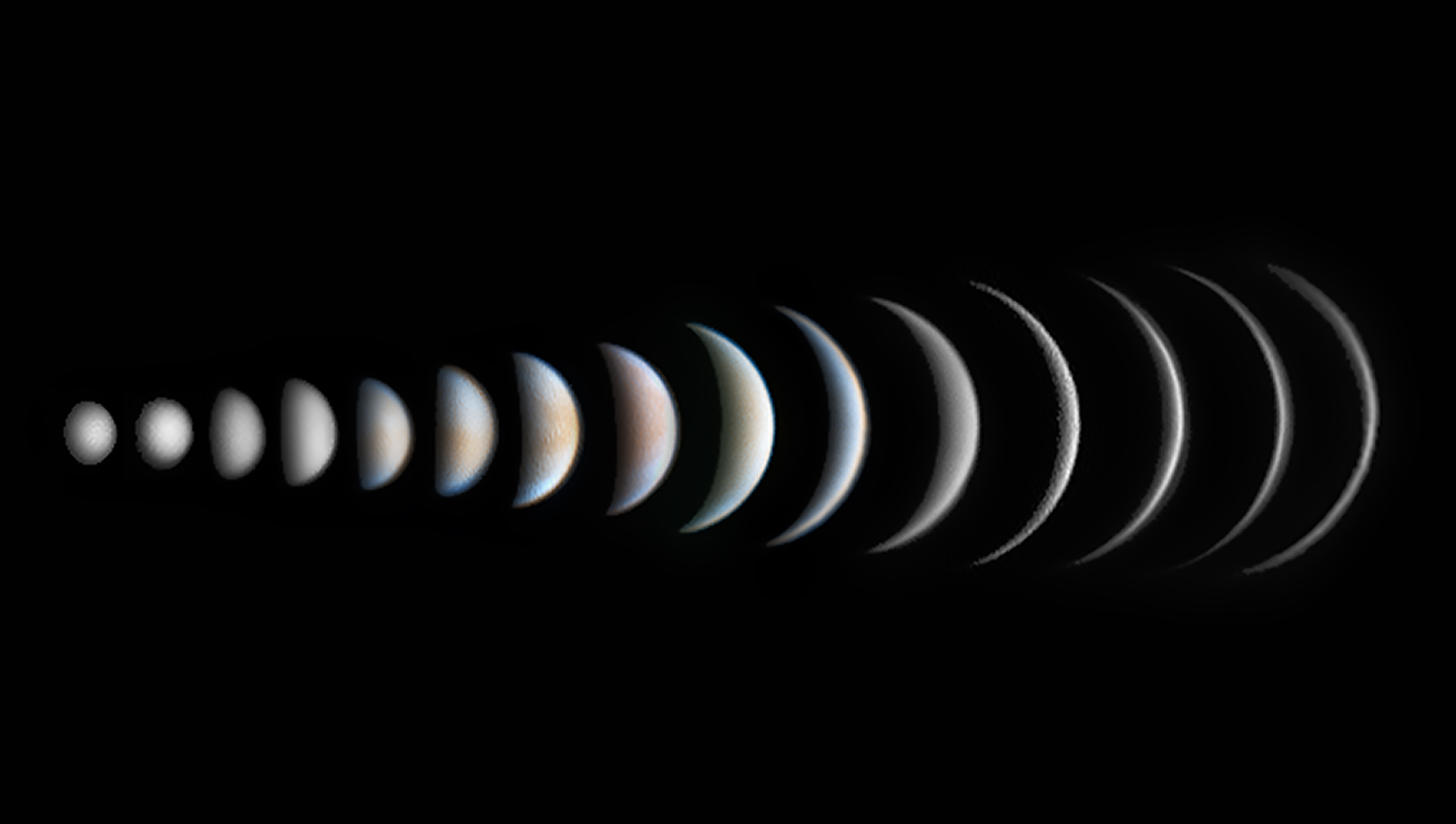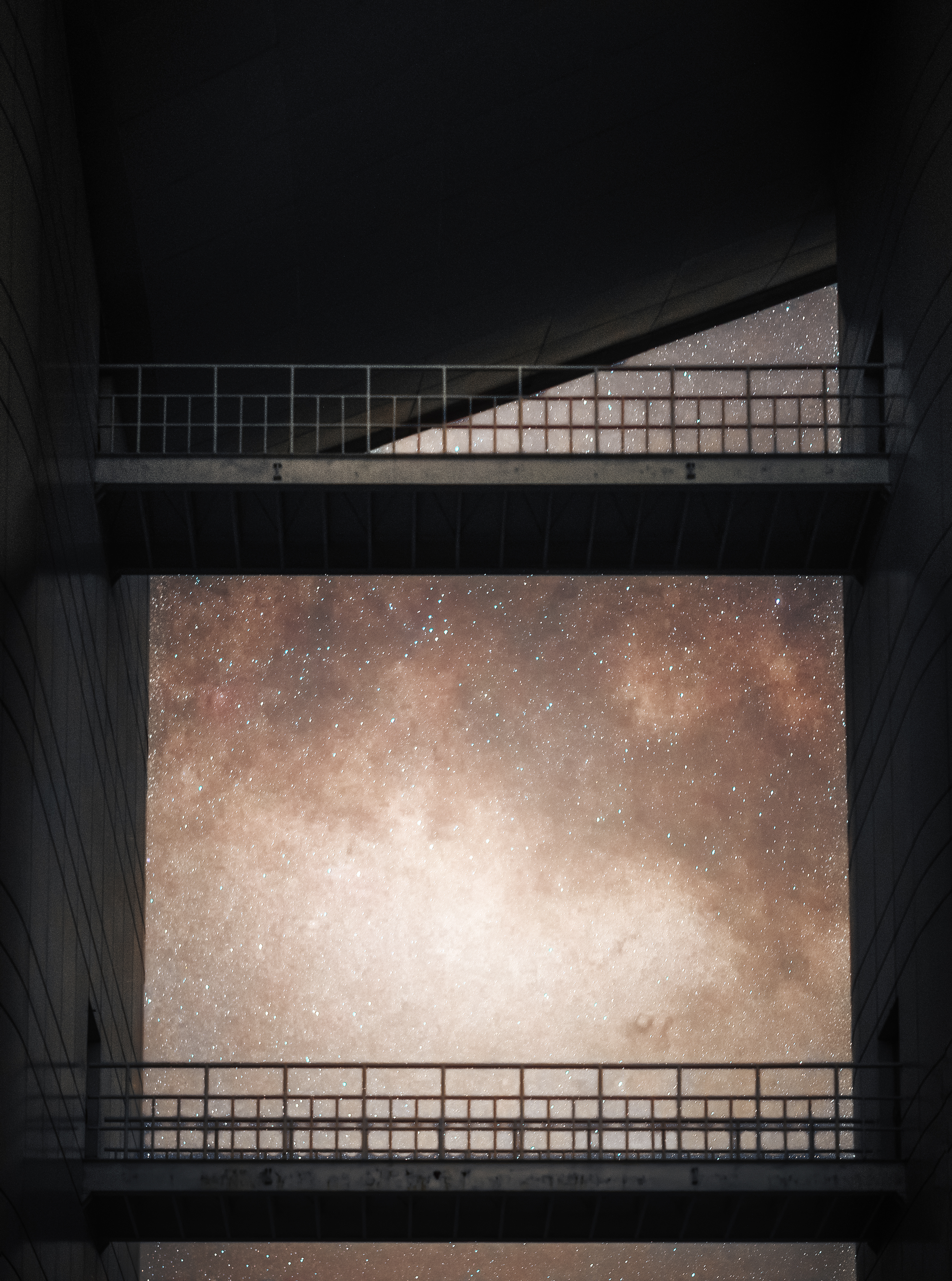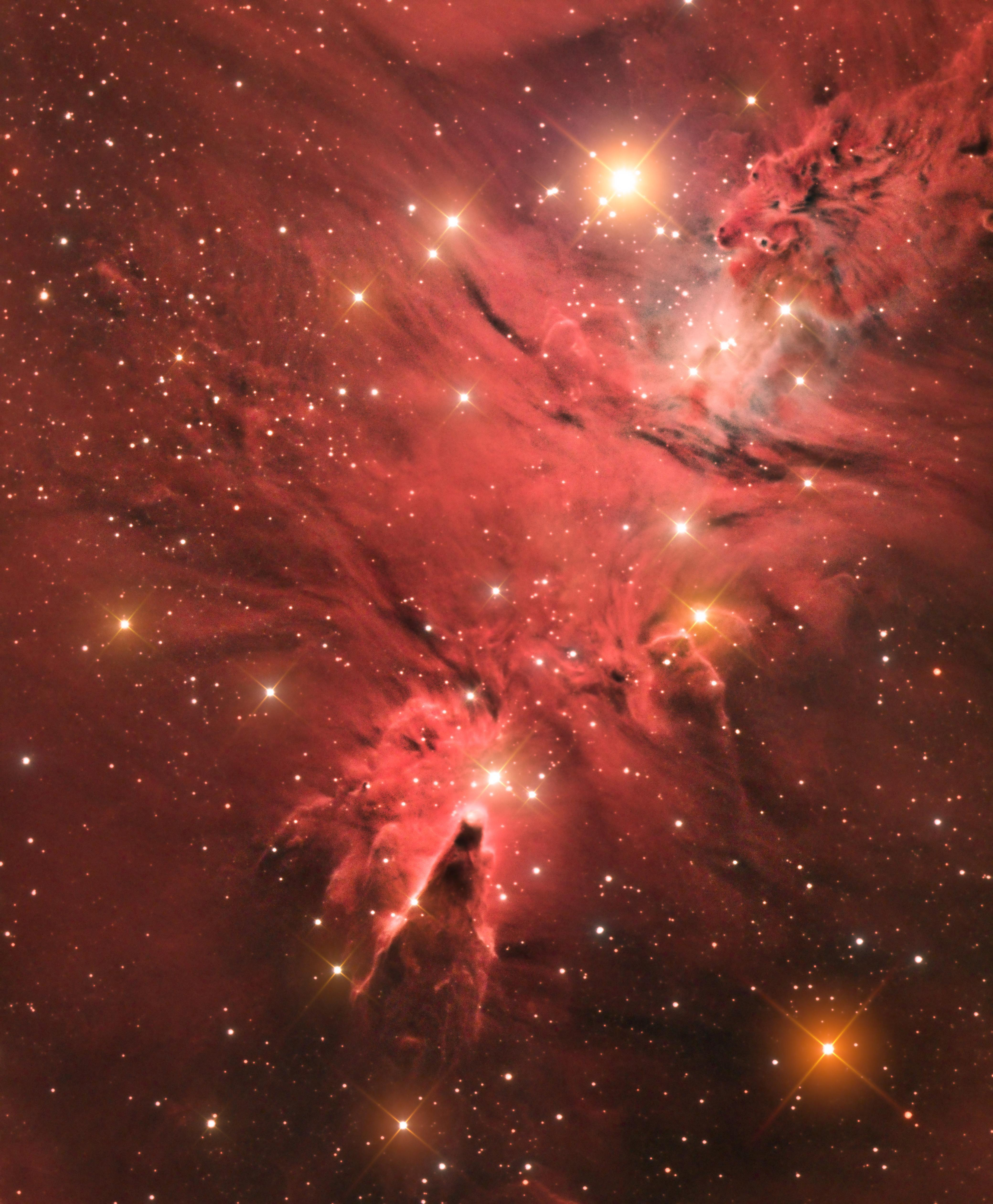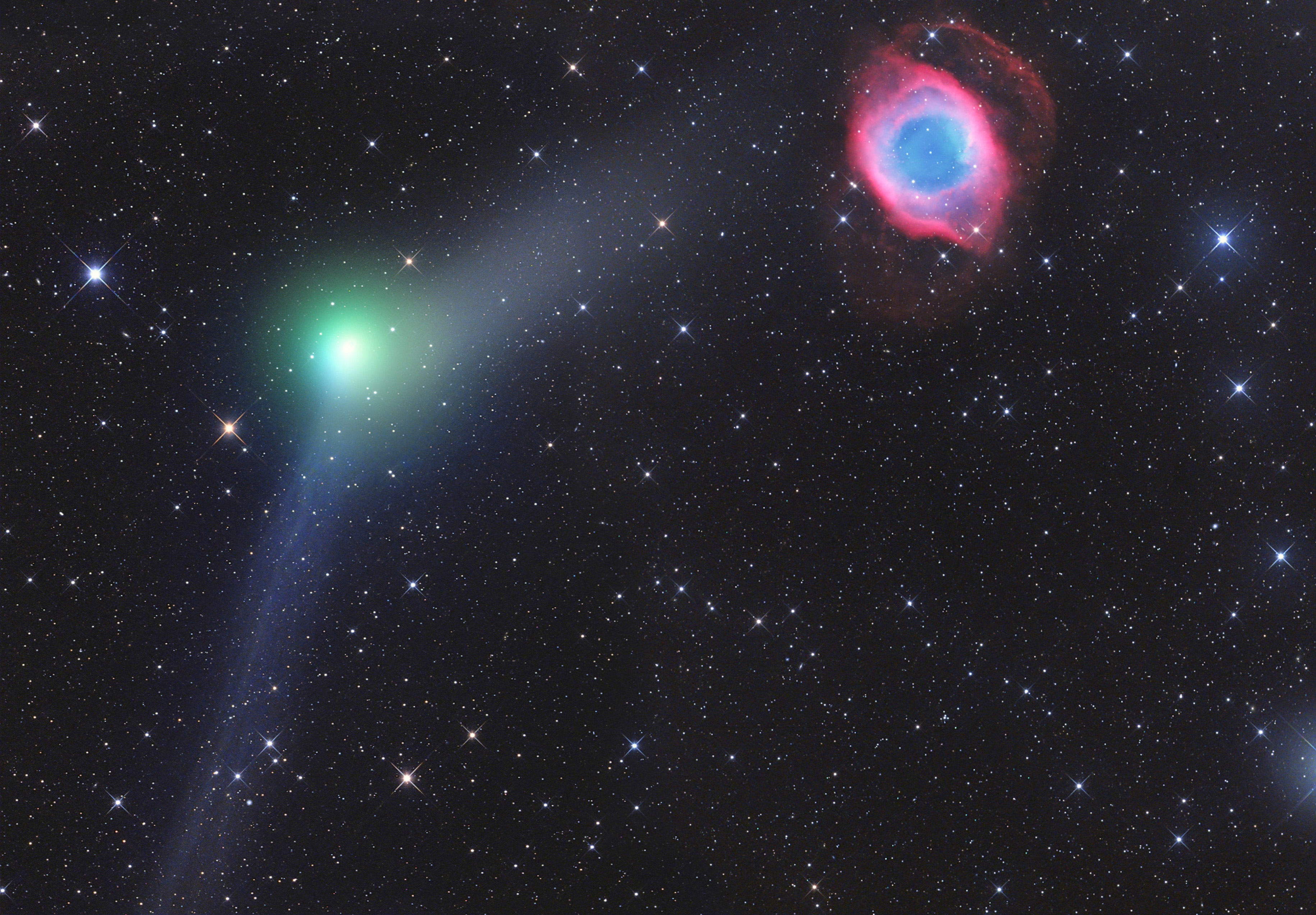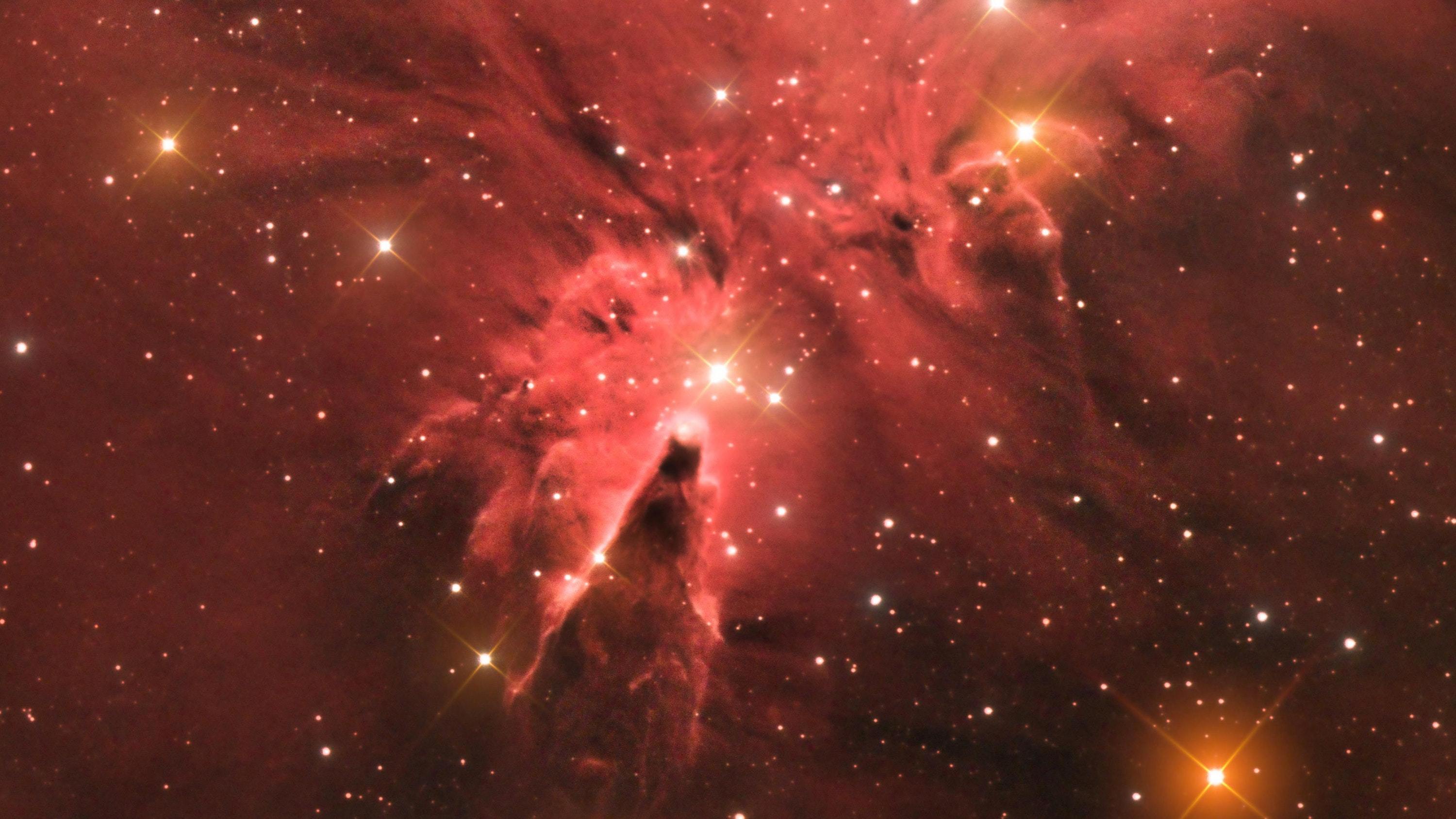
FROM Saturn and Venus to stunning nebulae, photographers from all over the world have captured some of the most breathtaking astrological phenomena for this year’s Astronomy Photographer of the Year award.
Now in its ninth year, the competition – run by the Royal Observatory Greenwich in association with Insight Investment and BBC Sky At Night Magazine – received nearly 4,000 entries from photographers across 91 countries.
The winners were announced at the Royal Observatory in Greenwich, with Artem Mironov winning over the judges with his stunning photo of vibrant blues and pinks of the swirling dust and gas clouds in the Rho Ophiuchi Cloud Complex, which is 400 light years away from our planet.
The Rho Ophiuchi Clouds
Where the photo was taken: Hakos Farm, Windhoek, Namibia
Description: Taken over three nights at a farm in Namibia near Gamsberg Mountain, this image shows the Rho Ophiuchi Cloud Complex, sometimes known as ‘Rho Oph’ for short or the Ophiuchus Molecular Cloud.
It is a dark emission and reflection nebula about 14 light years across and is situated approximately 460 light years away from our planet, in the constellation of Ophiuchus (the Serpent-Bearer). It is one of the closest star-forming regions to the solar system.
M63: Star Streams and the Sunflower Galaxy
Where the photo was taken: Rozhen Observatory, Smolyan Province, Bulgaria
Description: A bright, spiral galaxy, Messier 63 looks like a star necklace in which the stars have crashed outwards from the galaxy’s centre, producing this fantastic long train.
The ghostly star arcs of the Sunflower galaxy had long been an elusive target, but after deciding to take the image in one of the darkest places in Europe – the Rozhen Observatory in the Rhodopes Mountains – the photographer successfully captured the astronomical wonder.
Blue Tycho
Where the photo was taken: Budapest, Hungary
Description: This hyper-saturated picture depicts the face of the lunar surface in a new light.
On the brownish terra of our natural satellite, the Moon, the impact crater and its ray system appear as blue-white structures that extend over a thousand miles.
The Tycho Crater, named after Danish astronomer Tycho Brahe, has a bluish shade that is characteristic of the youngest craters on the Moon, with this particular feature estimated to be 108 million years old.
Ghost World
Where the photo was taken: Stokksnes, Iceland
Description: The photographer stood and observed the waves from the sea slowly rolling up on the long beach making the sand wet, resulting in great conditions for catching some reflections.
Suddenly, clouds emerged from the nearby mountains and floated across the sea allowing him to capture this other-worldly scene of a powerful, teal aurora sweeping across the night sky in Stokksnes, Iceland.
Mercury Rising
Where the photo was taken: Preston, Lancashire, UK
Description: On May 9, 2016, the transit of Mercury occurred, with the smallest planet in the solar system passing directly between the Earth and the Sun over the course of 7.5 hours – the longest transit of the century.
Mercury can be seen towards the centre of our star in the image as a tiny black dot.
Wanderer in Patagonia
Where the photo was taken: El Chalten, Santa Cruz Province, Argentina
Description: The photo shows a lone stargazer staring up at the stars of our galaxy, the Milky Way, as they stretch across the night sky over the glacier called White Stones (Piedras Blancas) in the Los Glaciares National Park, Argentina.
Venus Phase Evolution
Where the photo was taken: London, UK
Description: The photographer captured the changing face of our neighbouring planet, Venus, as it grew from 86.6% illuminated and 11.9 inches in diameter on September 25, 2016, to 1% illuminated and 59.3 inches in diameter six months later, as seen from London.
All the images were taken with the same setup, so the changing size of Venus, as it approached the point between us and the Sun, is really apparent.
Infrared and ultraviolet filters were used to capture cloud features during the larger crescent phases, and those where the apparent diameter is small or the crescent is thin, were taken using only an infrared pass filter.
Passage to the Milky Way
Where the photo was taken: Xinglong, Hebei Province, China
Description: The serene sight of the dusky, Milky Way was viewed through the minimalist outdoor passageway of LAMOST (the Large Sky Area Multi-Object Fibre Spectroscopic Telescope) at the National Astronomical Observatory of China.
Shot with an 85mm lens, the image is a composite of a three-panel panorama, each one with a single exposure.
Saturn
Where the photo was taken: Abu Dhabi, United Arab Emirates
Description: The photo is an incredibly detailed image of the ringed planet, Saturn, which the 13-year-old photographer captured on a trip to the desert near Al Khanzna, with her father.
Using her new ZWO 244 colour camera for the first time, coupled with favourable weather conditions, the photographer even managed to capture the beauty of the Cassini division (the gaps produced by the gravitational pull of one or more of Saturn’s many moons on the tiny particles in the rings).
The Cone Nebula
Where the photo was taken: Frenegal de la Sierra, Badajoz, Spain
Description: The image shows a vivid deep-red Cone Nebula, which lies about 2,700 light years away from us in the constellation of Monoceros.
The image is made up of 20 x 10-minute exposures per filter and uses a combination of LRGB (luminance, red, green and blue) and H-Alpha (hydrogen-alpha) filters to produce one integrated full colour image.
Encounter of Comet and Planetary Nebula
Where the photo was taken: Tivoli Farm, Khomas, Namibia
Description: The vibrant image shows the glowing green, comet C/2013 X1 PanSTARRS whizzing past the luminous pink and blue Helix Planetary Nebula, on June 5 2016.
This photograph was taken at an observatory on Tivoli Farm in Namibia, where the photographer installed a mount and telescope with a friend of his.

Enjoy the convenience of having The Sunday Post delivered as a digital ePaper straight to your smartphone, tablet or computer.
Subscribe for only £5.49 a month and enjoy all the benefits of the printed paper as a digital replica.
Subscribe